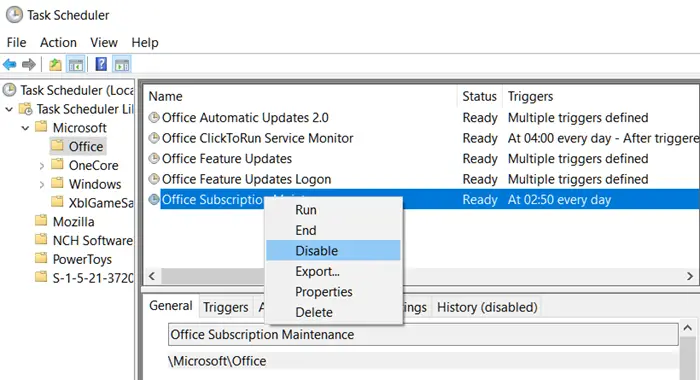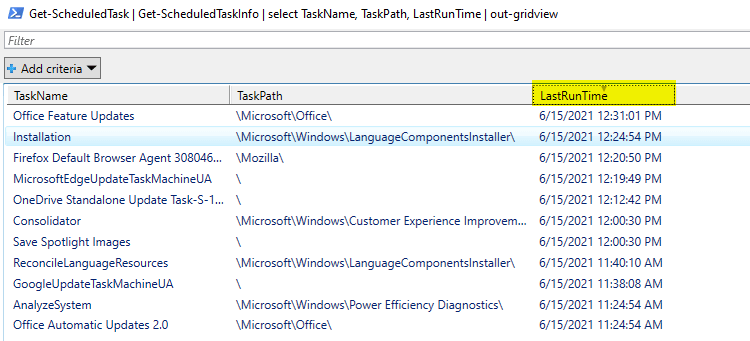

Note that there are situations where random Command Prompt pop-ups are displayed by legitimate software (e.g., Microsoft Office installer, which resides in Task Scheduler's library). This is typically done with the intention of modifying various system settings without users' consent, or to update certain data/malware. These programs open the Command Prompt, immediately run a number of commands, and then close the window before the user is aware of what happened or can take any action. Many people do not realize that this is performed by applications (typically, malware) that run in the background.

Furthermore, these pop-ups typically indicate a computer infection - in most cases, Command Prompt is opened by various adware-type programs and, sometimes, by ransomware.ĭuring computer operation, users continually encounter the Command Prompt window, which automatically appears and disappears. This is very frustrating and inconvenient when gaming, working, and performing intensive tasks on the computer. Some users continually encounter Command Prompt randomly popping-up and disappearing without any apparent reason. If w32.Random Command Prompt Pop-Ups removal instructions What is Random Command Prompt Pop-Ups? _, consoleProcID := w32.GetWindowThreadProcessId(console)

it created a console along with the main application window. this program was not compiled with the -H=windowsgui flag and on start-up If this application is the process that created the console window, then have a console window on program start, then immediately hide the console window with this code at the start of my program: import "/gonutz/w32/v2" My current solution is thus to build without the flag, i.e. If you build without the flag, you get one console window and all exec.Commands print into that one. If you build with -ldflags -H=windowsgui, each exec.Command will spawn a new console window.


 0 kommentar(er)
0 kommentar(er)
